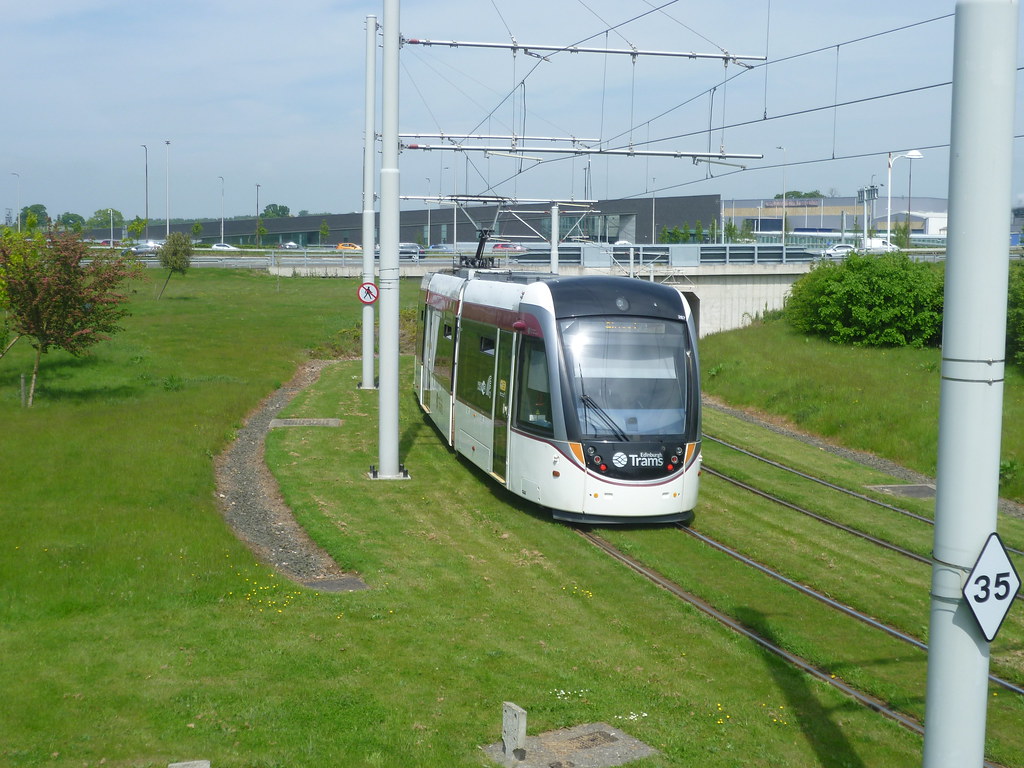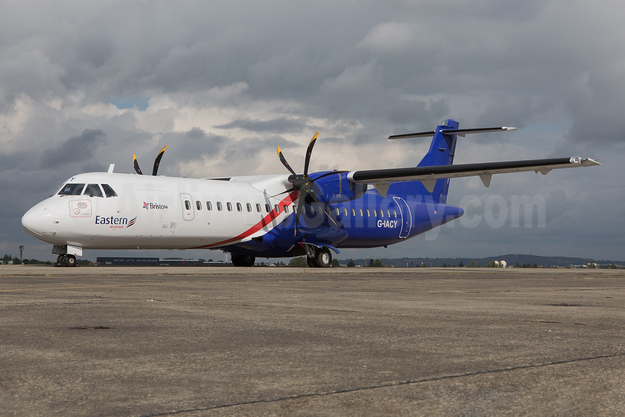
Introduction
Edinburgh Airport has emerged as a crucial player in the UK’s aviation sector, especially in 2023, where it recorded significant passenger traffic. As Scotland’s busiest airport, it serves not only as a gateway to the capital city but also facilitates connections to various destinations worldwide. The rising passenger numbers underscore its importance to the local and national economy, making it a focal point for travellers and tourism alike.
Record Passenger Numbers
In the first half of 2023, Edinburgh Airport welcomed nearly 6 million passengers, marking a 20% increase compared to the same period in 2022. This surge follows a period of recovery from the pandemic, illustrating a robust resurgence in air travel. The airport now operates over 100 routes and continues to expand its offerings with various low-cost airlines enhancing competition among carriers.
Economic Impact
The rise in passenger traffic has significant implications for the local economy. Edinburgh Airport is estimated to support over 23,000 jobs across the region, ranging from airport operations to hospitality and travel services. The influx of tourists not only boosts local businesses but also enhances tourism revenue for the city, vital for maintaining the capital’s cultural and economic vitality.
Future Prospects
Looking ahead, Edinburgh Airport has ambitious plans to expand its facilities. Current projects include the development of additional car parking areas and an upgrade of the terminal to improve passenger experience. Furthermore, with the continued easing of travel restrictions and increasing demand for both leisure and business travel, the airport anticipates significant growth opportunities in the upcoming years.
Conclusion
Edinburgh Airport stands as a testament to the resilience and adaptability of the travel industry in 2023. Its record-breaking passenger numbers not only reflect a positive trend for the aviation sector but also highlight its role as a pivotal contributor to the Scottish economy. As the airport continues to expand and develop, it will undoubtedly remain central to Scotland’s connectivity and growth in the years to come.
You may also like

Cotswold Airport: A Significant Hub for Aviation in the UK

Everything You Need to Know About Eastern Airways Flights
